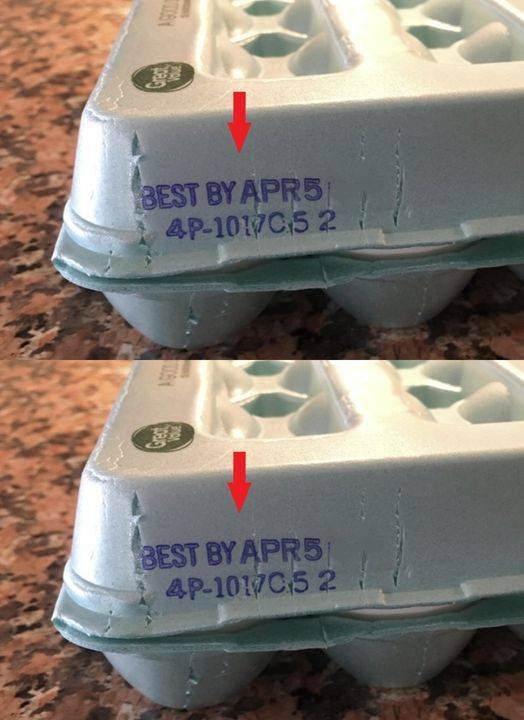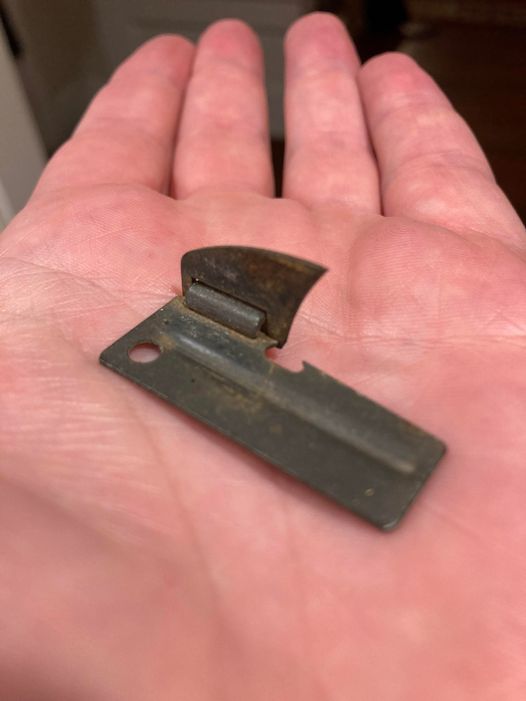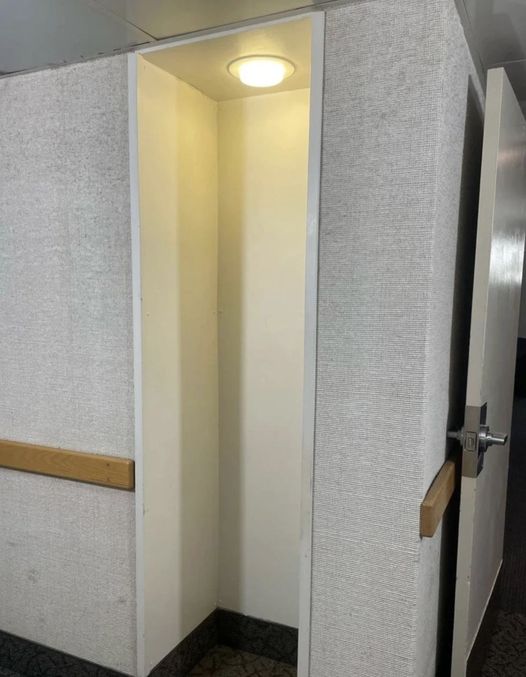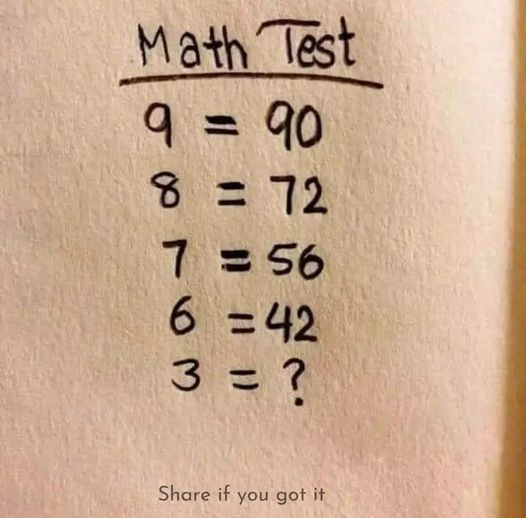For all you egg enthusiasts out there – whether you’re whipping up a fluffy omelet, baking a cake, or making a killer fried rice – there’s a hidden world of egg codes just waiting to be cracked. I, for one, get my eggs from both the farmer’s market and the supermarket, but over time I’ve learned the supermarket cartons are like secret spy codes. It’s fascinating!
First off, let’s talk about the three-digit code on the carton. It’s not just gibberish. It’s called the Julian date. This little code tells you the exact day of the year the eggs were packed. So, if you see 001, it means the eggs were packed on January 1st. A code of 365 means they were packed on December 31st. Who knew, right?
But wait, there’s more. There’s also a code that begins with the letter ‘P’. This is the plant code, which indicates where the eggs were processed. Now, this might seem a bit over-the-top, but trust me, during a salmonella outbreak years ago, knowing the plant code and Julian date helped me make sure my breakfast wasn’t starring in a horror movie.
Here’s another game-changer: eggs are generally safe for up to 30 days from the packing date if you store them properly. So, every time I buy eggs, I check the Julian date to figure out their use-by timeline and make sure my meals are nothing but egg-cellent.

And hey, don’t overlook the USDA grade shield and those snazzy labels like “organic” or “pastured.” Grade AA eggs are the crème de la crème, perfect for frying or poaching, while Grade A eggs might be a bit less firm but are still fantastic for cooking.
So, the next time you find yourself in the egg aisle, don’t just grab any old carton. Decode those eggs and choose the best for your culinary creations. Trust me, understanding these codes isn’t just geeky fun – it’s your ticket to meal-boosting greatness.
Come on, take up the challenge. Become the egg detective of your household and make every meal count. Because who knew that cracking the egg carton code could lead to such delicious results?





